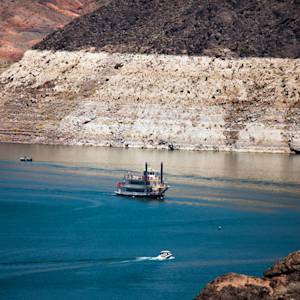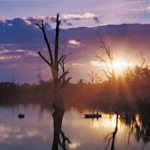Sea of Okhotsk
2023 CE • Pacific Ocean
"Among all the seas in the world, the Sea of Okhotsk is considered to be one of the richest seas in terms of biological productivity. The aquatic flora in the sea is represented by algae and seaweeds. Some of the commercially important fish that are found in the sea include cod, capelin, flounder, herring, pollack, salmon, and smelts. In addition to this, various crabs, shrimp, crayfish, sea mussels, sea urchins, and polyps are also found. Marine mammals like the Northern fur seal, sea lions, porpoises, seals and whales" call the Sea of Okhotsk their home. "Numerous seabirds like the crested auklets, murres, puffins, and Steller’s sea eagle use the uninhabited islands of the sea as breeding grounds. The major seaports along the Sea of Okhotsk include the Russian ports of Magadan and Palana and the Japanese ports of Abashiri, Monbetsu, and Wakkanai. Large deposits of petroleum and natural gas have recently been discovered in the northern parts of the Sea of Okhotsk. The entire Sea of Okhotsk region thus plays a critical role in the economic development of the eastern part of Russia." The fragile ecosystem of the Sea of Okhotsk faces various environmental challenges, including overfishing and oil exploration, both of which pose significant risks to the region's marine life. Additionally, climate change is causing the sea's temperature and acidity to rise, which could affect the growth and survival of its wildlife.
Diptarka Ghosh, "Sea Of Okhotsk," World Atlas, March 18, 2021.
Image: JukoFF, CC BY 4.0, via Wikimedia Commons


Learn about Maya Lin’s fifth and final memorial: a multi-platform science based artwork that presents an ecological history of our world - past, present, and future.

Discover ecological histories and stories of former abundance, loss, and recovery on the map of memory.

Learn how we can reduce our emissions and protect and restore species and habitats – around the world.

See how art can help us rethink the problems we face, and give us hope that each one of us can make a difference.

Help make a global memorial something personal and close to home. Share your stories of the natural world.


